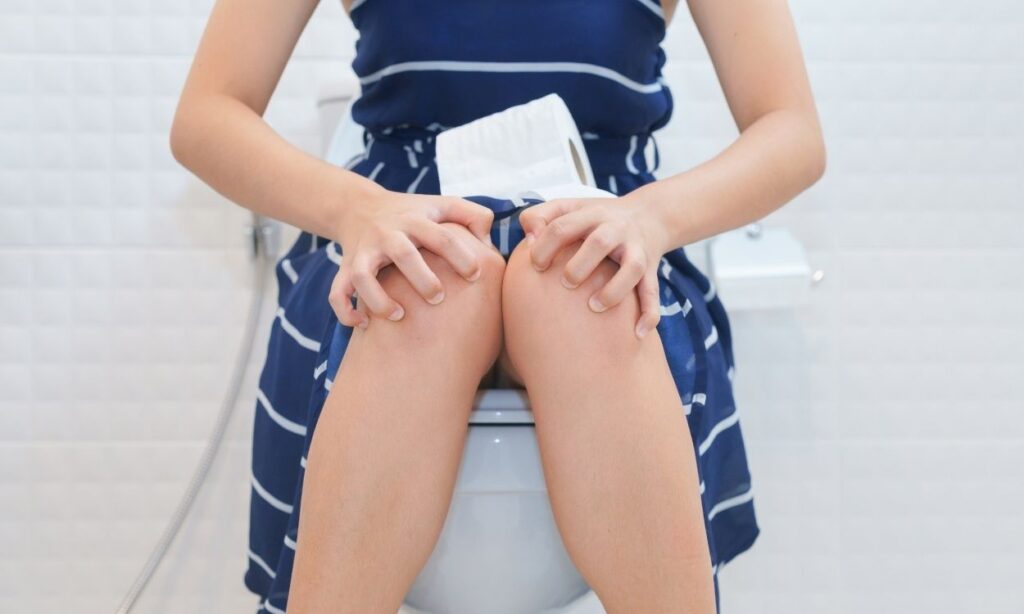
A detailed history should be taken from every patient who applies to a physician due to constipation, a physical examination should be performed, and the medications used should be reviewed.
Although the probability of an organic cause is very low in patients with long-standing constipation, biochemical blood tests and stool examination, including thyroid function tests, should be performed.
Double-contrast colon X-ray The method that should be preferred for the examination of the large intestine in a constipated patient is ‘double contrast barium X-ray of the large intestine’.
Colon X-ray, when taken by a radiologist experienced in this field using a good device, is of the same value as a colonoscopy.
In addition, with this method, it is possible to obtain information about the length of the large intestines and, if any, deformities (excessive folds, stenosis, etc.). Another radiological method is defecography. Especially in the elderly population, it is preferred to be performed together with a colon radiography.
In this method, it is applied like a barium enema radiography, but more detailed imaging is performed during the discharge of barium from the intestine to obtain information about the physiology of defecation. When an additional pathology is seen in the large bowel X-ray, colonoscopy can also be performed if necessary.
Endoscopy (colonoscopy) is not the first method to be applied in patients presenting with constipation. Defecography should be performed in patients with suspected pelvic outlet stenosis.
However, in patients with additional findings other than constipation (bleeding, anemia, rapid weight loss, thinning of stool thickness, new onset constipation and change in defecation habits, etc.), colonoscopy should be the first method of choice.
Another examination that can be done in patients who have double contrast colon radiography and no organic pathology is detected is the ‘radiopaque marker study’. In this method, after a certain number of radiopaque marker particles are swallowed by the patient, direct abdominal films are taken to examine the progression of these particles in the intestine and to obtain information about the movements of the large intestines.











